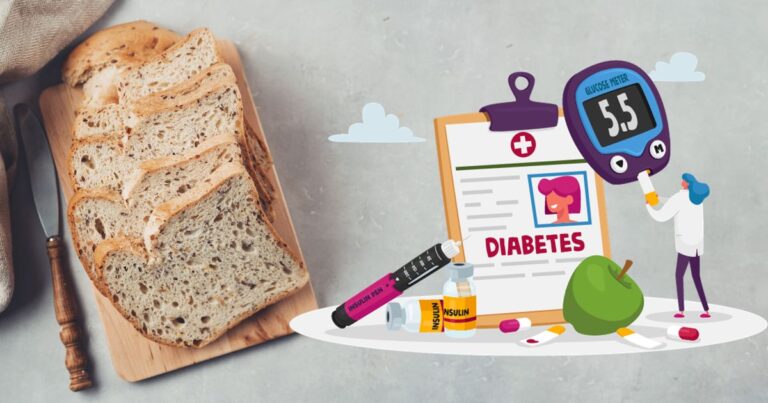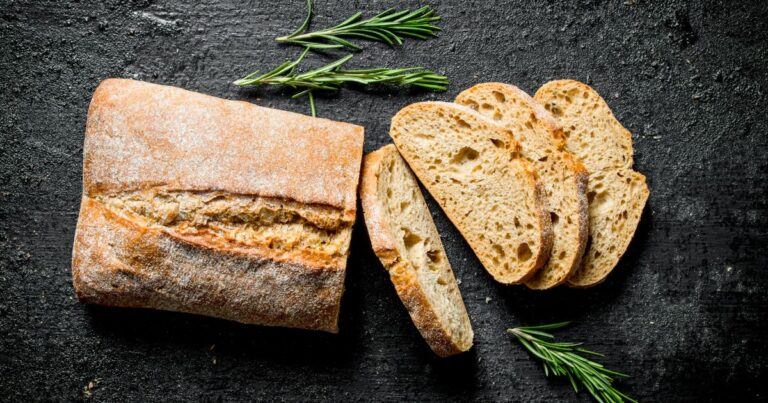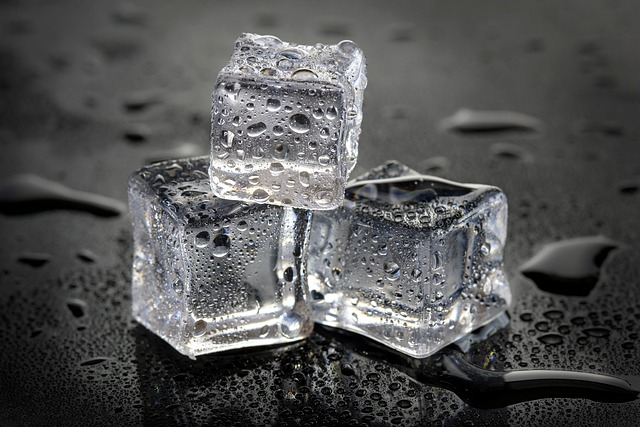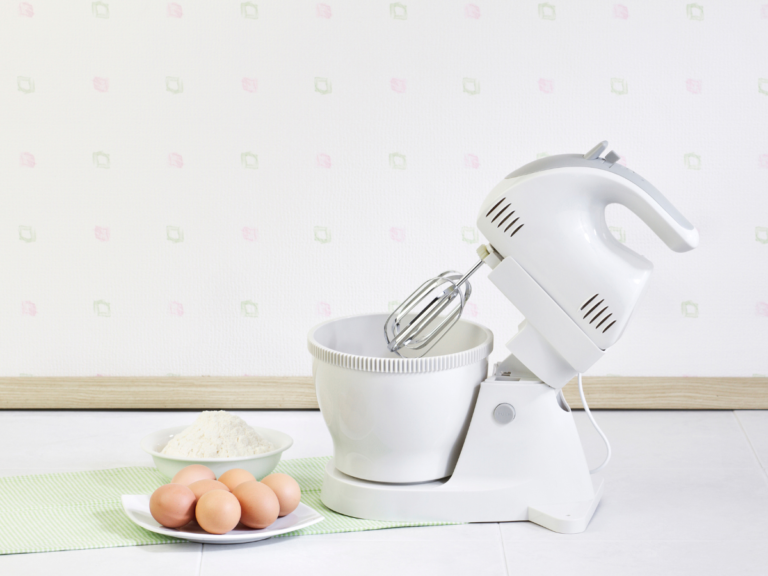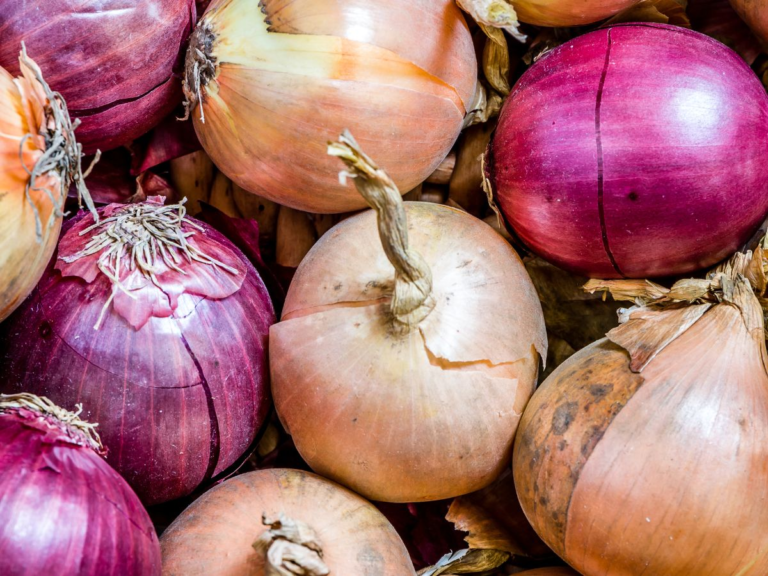The Duck Cooking Calculator
Here is the Easiest Calculator to Use When Cooking Duck

Duck Cooking Time Calculator
Results
What Temperature does the Duck need to be Cooked To?
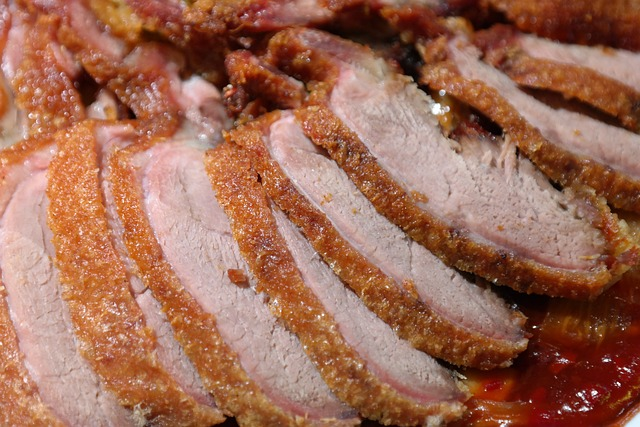
The recommended internal temperature for Roasting duck can vary based on personal preferences, weight, and your desired level of doneness. Here are some general guidelines for cooking duck to different levels of doneness: TEST USING A DIGITAL THERMOMETER
Well Done: Cook to an internal temperature of 165°F (74°C). The duck will be fully cooked at this temperature, with no pink meat remaining.
Medium Well: Cook to an internal temperature of 160°F (71°C). This will result in a slightly pink center.
Medium: Cook to an internal temperature of 155°F (68°C). This will yield a pink and juicy center.
Medium Rare: Cook to an internal temperature of 145°F (63°C). This will leave the duck breast pink, tender, and juicy.
Rare: Cook to an internal temperature of 135°F (57°C). At this temperature, the duck breast, with a deep pink color, will be quite rare.
It's important to note that different Duck fat and duck parts may have slightly different ideal temperatures. For instance, duck breast is often cooked to a lower oven temperature to keep it tender and pink, while duck legs are typically cooked to a higher temperature to ensure they are fully tender.
Always ensure food safety, make sure to use a meat thermometer to check the internal temperature of the duck. Insert the thermometer into the thickest part of the meat without touching the bone or fat. Allow the duck to rest for a few minutes after cooking to allow the juices to redistribute before slicing and serving.
How do I Make Duck With Crispy Skin?
Choose the Right Duck: Select a fresh and high-quality duck. The choice of duck will influence the final result. Pekin and Muscovy ducks are popular choices for crispy duck skin.
Prepare the Duck:
Remove it from the packaging and pat it dry with paper towels if using a whole duck.
If using duck breasts, make sure they are also dry.
Score the Skin (Optional): Using a sharp knife, lightly score the duck skin in a crisscross pattern. This helps the fat render out and allows the skin to crisp up.
Season the Duck: Season the duck generously with salt. You can also add pepper or other seasonings or herbs to taste. Be sure to season both sides of the duck.
Rest and Dry: Place the seasoned duck, skin-side up, on a wire rack set over a baking sheet or a plate. Allow the duck to air-dry in the refrigerator for several hours or overnight. This drying step helps to remove excess moisture from the skin, which is crucial to get that skin Crispy.
How long should Roast Duck Breast Rest for?
Unlike Turkey, Lamb, or Beef, let this Bird rest for about 5-10 minutes before slicing and serving. After the Cooking Process, this resting period allows the juices to redistribute throughout the meat, resulting in a juicier and more flavorful dish. Here are ideas on how to do it:
Transfer duck breast on a cutting board or a warm plate.
Tent the piping hot duck breast loosely with aluminum foil. The foil helps retain heat while allowing steam to escape, preventing the skin from becoming soggy.
Let the duck breast rest for about 5-10 minutes. You can prepare any side dishes or sauces you plan to serve with the duck during this time.
After the resting period, slice the duck breast and serve. The resting time ensures the meat is juicy and tender when cutting it.
Handling raw meat requires careful attention to safety to prevent foodborne illnesses. And this is No Special Occasion so Always wash your hands thoroughly with soap and warm water before and after touching raw meat to avoid cross-contamination.
Keep raw meat separate from ready-to-eat foods and use separate cutting boards and utensils. Store meat in the refrigerator at or below 40°F (4°C) and cook it to the recommended internal temperature to ensure it's safe to eat. When marinating meat, do it in the refrigerator and discard any leftover marinade that has come into contact with raw meat.


